Can marijuana smoke be absorbed through the skin and hair?
The short answer to both is yes. The long answer is that, regarding the latter, it is somewhat more complicated. Research has shown that absorption through hair isn’t an entirely simple process. Some studies have demonstrated that darker hair actually appears to retain THC more than lighter hair. This essentially puts both dark haired and redheads at a distinct disadvantage compared to blondes and paler browns in a possible hair-strand drug test.
The explanation is that dark-haired people have higher melanin concentrations, and melanin has been shown to store certain drugs to a much greater extent.
Absorption through the skin is rather more self-evident, as we know that topical cannabis-based agents, such as creams, oil and lotions, already exist exactly because absorption through the skin is highly effective. Cannabinoids such as THC and CBD are lipophilic in nature. This means that they dissolve in the fats, making it easier for them to penetrate the skin. However, their bioavailability is lower and they do not enter the bloodstream without absorption enhancers.
What does the research say about secondary marijuana smoke?
Several studies have been done to look at possible cross contamination, to measure if second-hand smoke exposure can affect people biologically to an extent where it would show up in a passive smoker’s drug test.
One such study looked at 26 people, where just under a third were active cannabis users over an average of about 12 years, using about 1.5 grams of marijuana a day.
Two types of cannabis strains were used in the study: one had a lower THC content
(5.3% ) and the other had a significantly higher one ( 11.3% ). All test subjects were housed in an enclosed smoking room and wore disposable paper clothes. Participants underwent three sessions, each lasting an hour, after which urine samples were collected for analysis.
The overall results showed that in the case of “very extreme” smoke exposure, traces of THC may appear in a drug test. Whilst it is fairly unlikely at such small amounts, it would be disingenuous to give an emphatic reassurance. That said, having some THC in the body does not necessarily mean a definite failure on a drug test. As mentioned above, drug tests require a certain limit to determine a positive or negative result. This concept is explained in detail below.
Blood and urine tests
Unlike tests for THC metabolites, blood tests are designed to detect THC and are usually performed in a hospital setting. It follows, therefore, that urine testing is not only more practical - as it can be performed quickly and doesn't require a hospital setting - but it is also far less expensive and, therefore, much more widespread.
In the United States, the lower limit to test positive for cannabis is a THC-in-urine concentration of 50 ng / ml. Passive smoking participants in the aforementioned study produced THC levels of less than half that - around only 20 ng / ml - which was well within the accepted range and would not show up in a (US ) drug test.
A similar experiment was conducted in the Netherlands in 2010. Eight volunteers were exposed to cannabis smoke in a coffee shop for three hours. The highest THC found in the participants was 7.8 ng / ml. This value, again, is vastly lower than the current limit of 25ng / ml.
Saliva test
In 2014, an experiment was conducted with active marijuana users. They were all locked in a room and asked to smoke low-THC cigarettes (at a strength of 1.75%). Participants were asked to smoke for the first 20 minutes of the experiment, but remain within the enclosed room for a further four hours.
The THC concentration of saliva samples collected after this prolonged exposure ranged from 3.6 to 26.4 ng / ml. Again, this is still well below the 50ng / ml lower limit.
Hair follicle test
As mentioned earlier, darker hair retains more THC than lighter hair due to its concentration of melanin. But is that enough to fail a drug test?
Consider this 2015 study which involved two experiments: the first looked at people who ingested 50 mg of THCA a day for 30 days. Despite this high level, the THCA found in individuals’ hair was still less than 1%.
Individuals in the second experiment took dronabinol, a THC-containing drug that is prescribed to treat anorexia. Participants were given three 2.5 mg capsules a day for 30 days. The result: no THC was detected when hair, beard, and body hair samples were taken.
Several studies have been presented here. Based on the findings of such comprehensive research, it can be argued that inhaling passive cannabis smoke is highly unlikely to cause a positive drug test result.
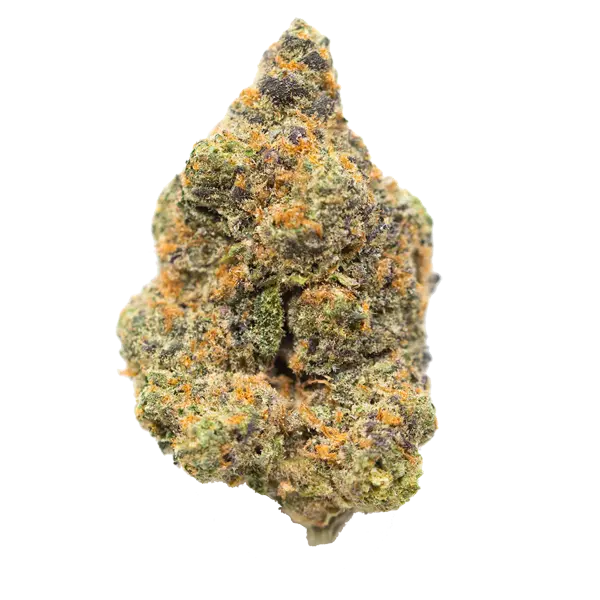
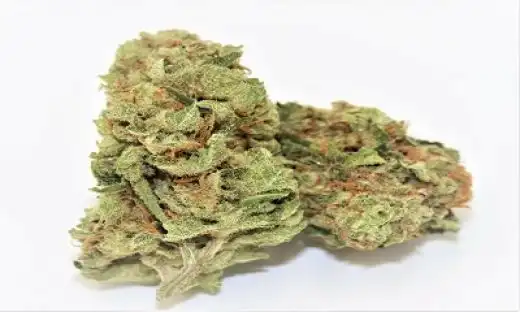

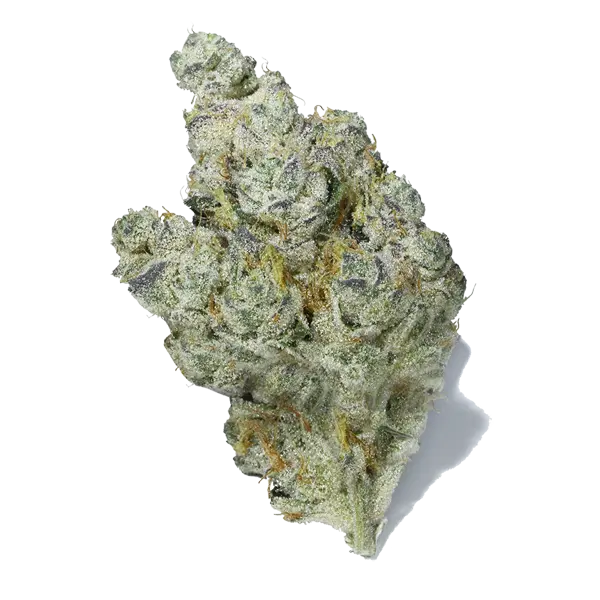
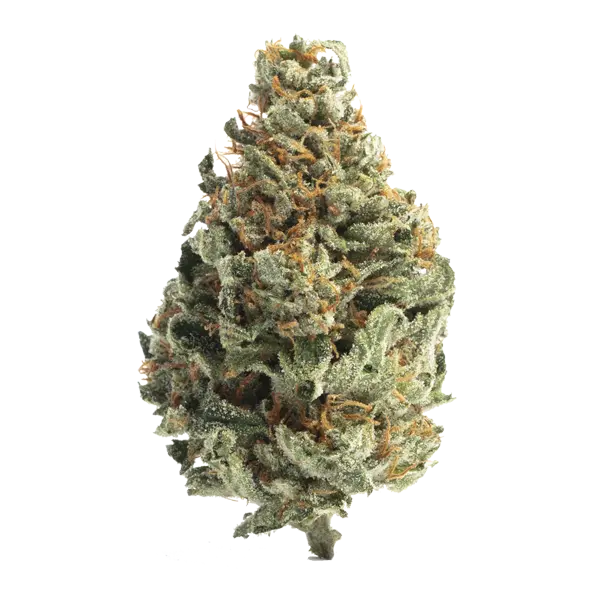
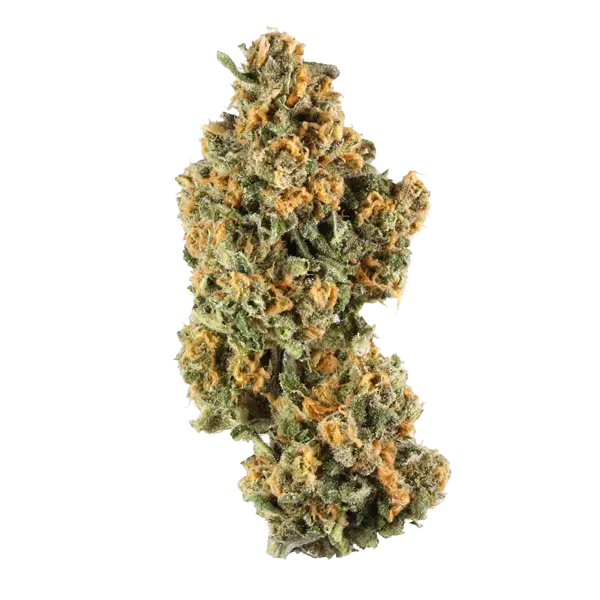
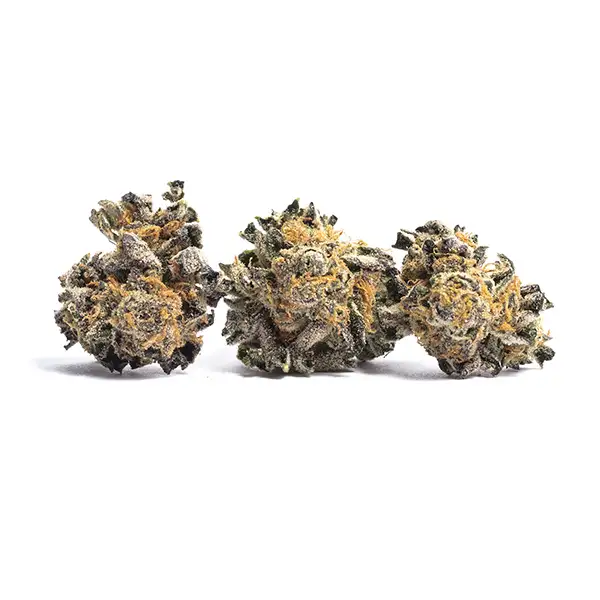
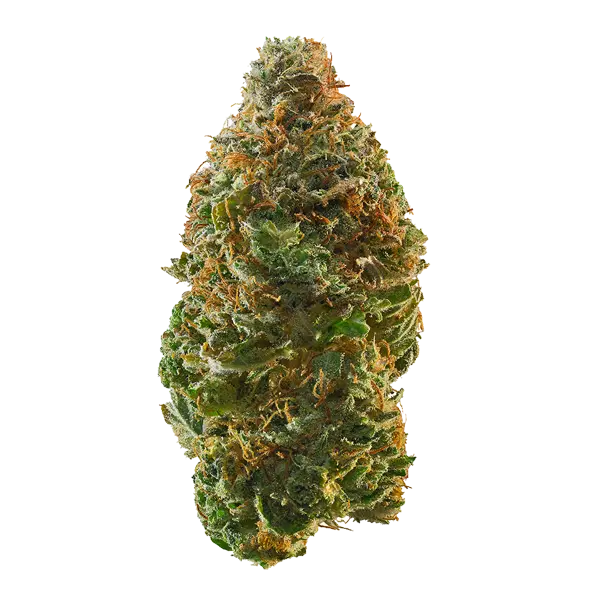
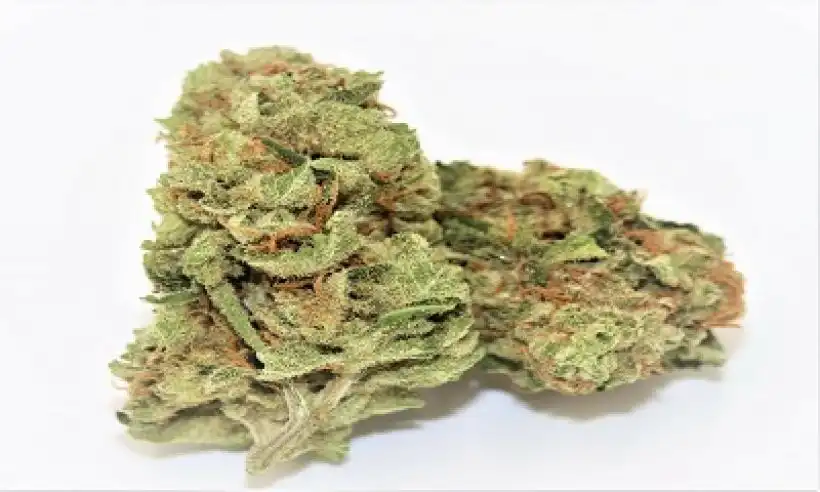
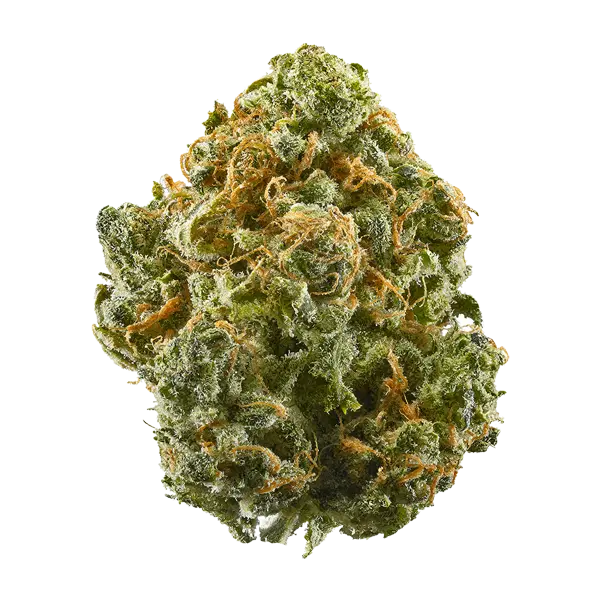
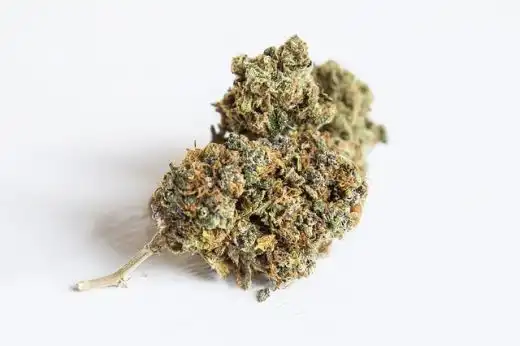
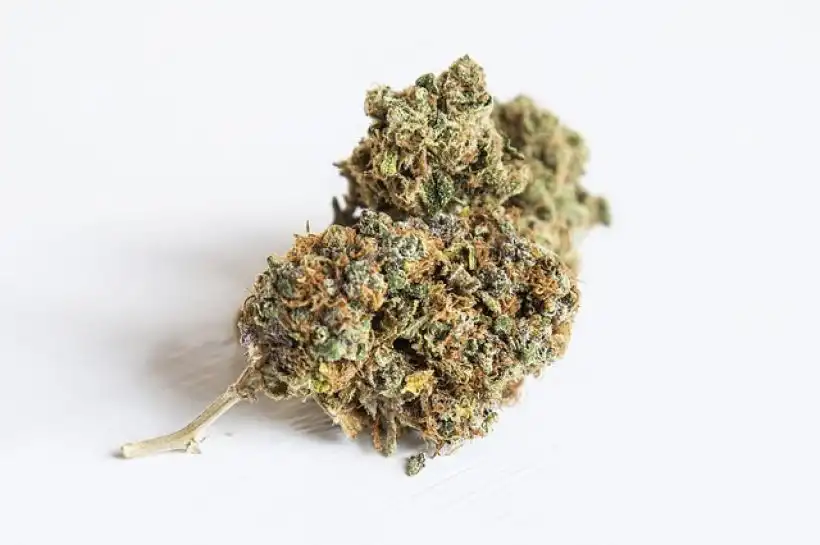
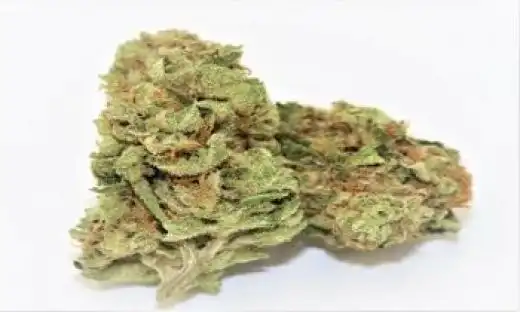
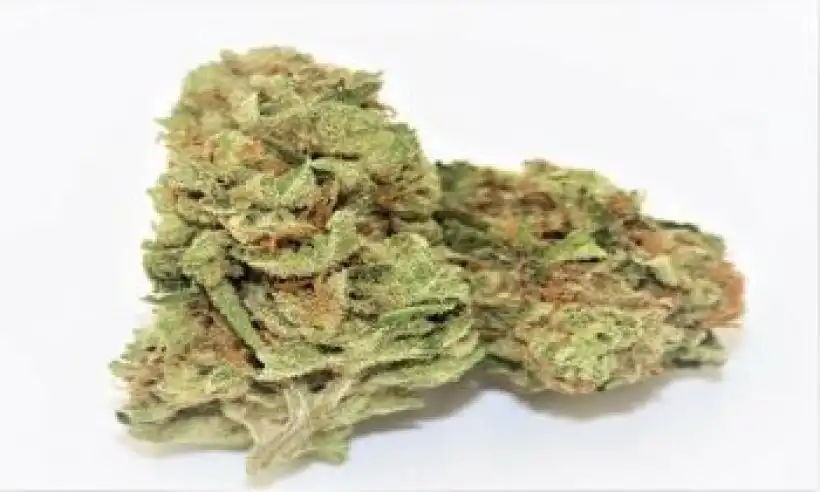
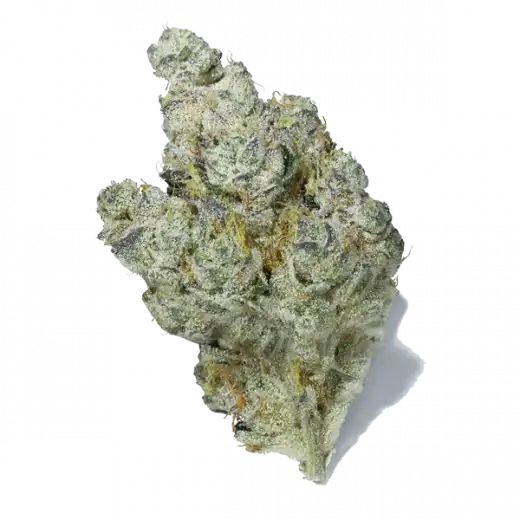

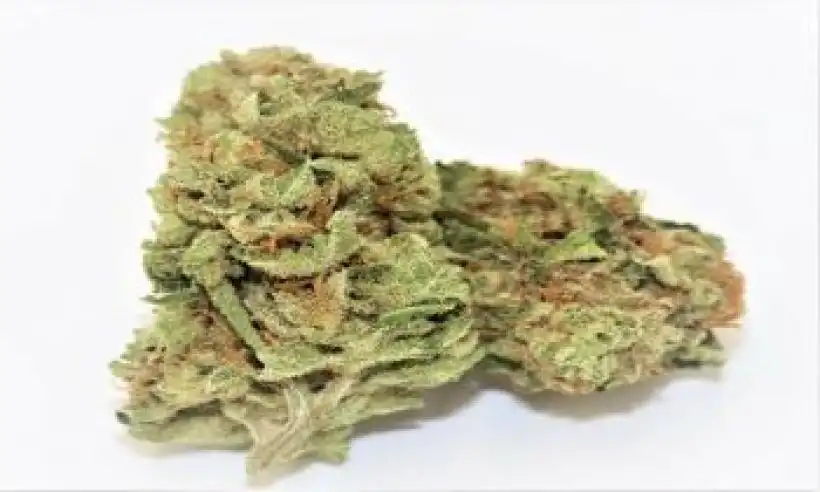
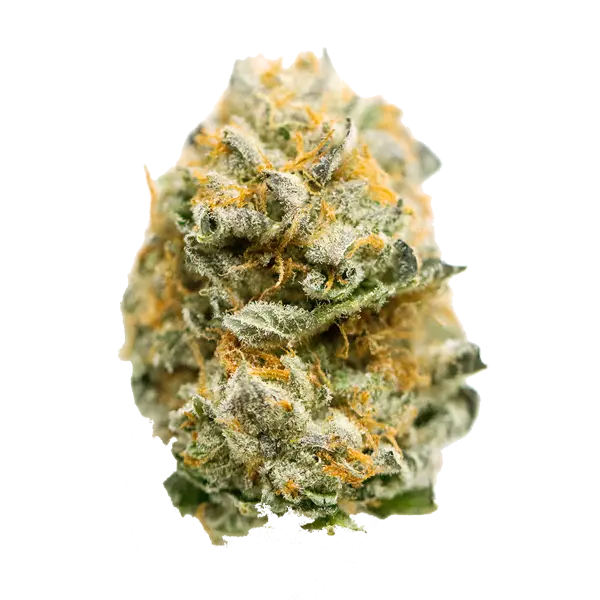
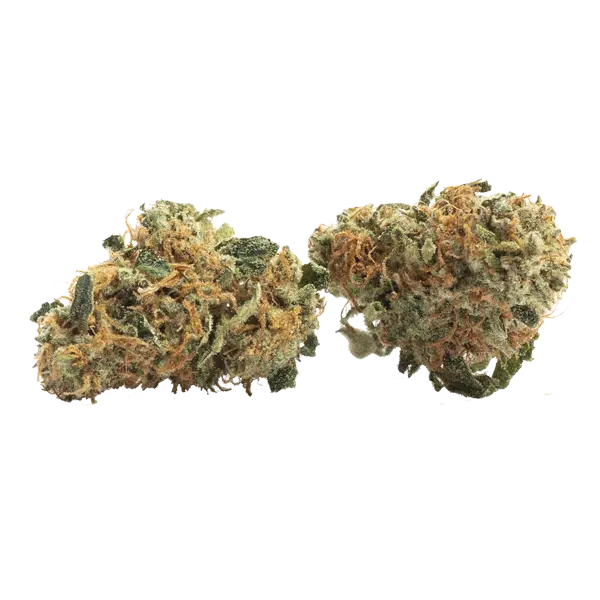
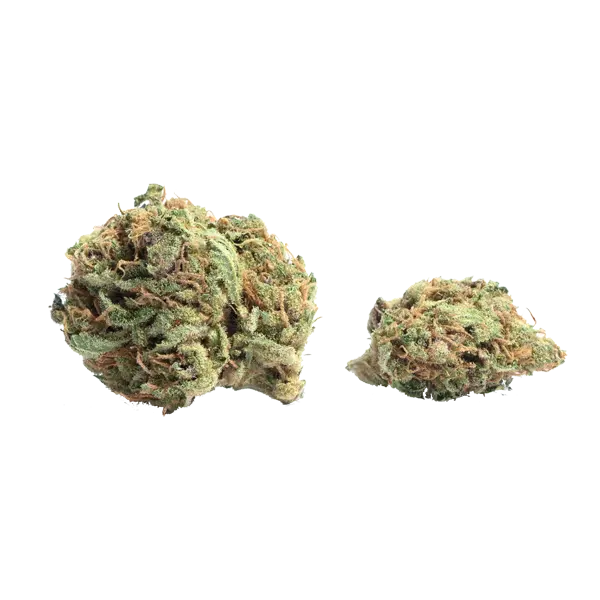
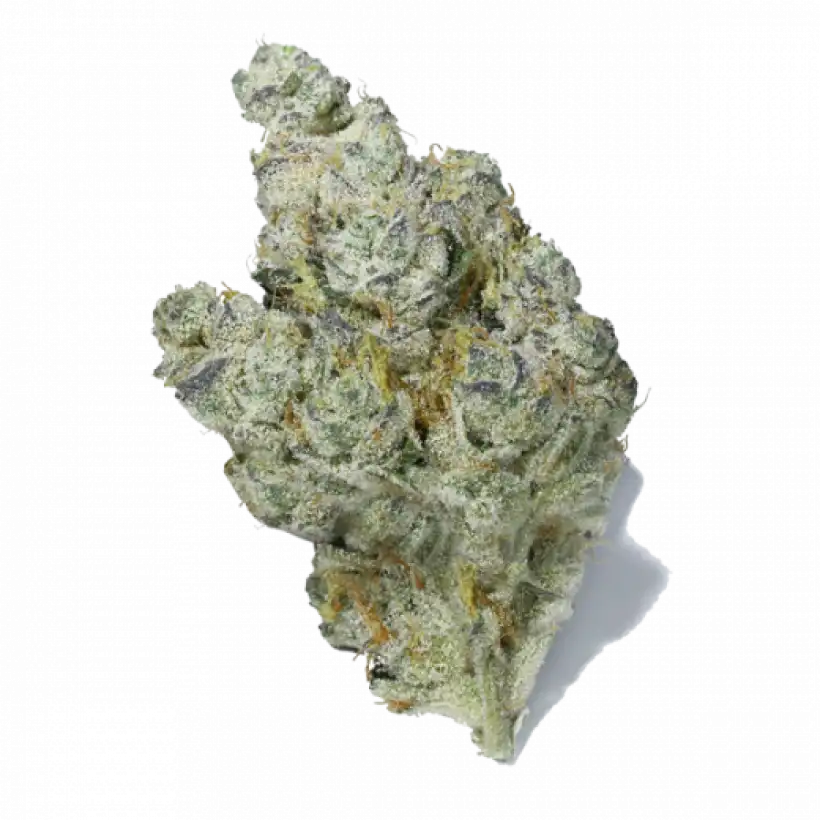
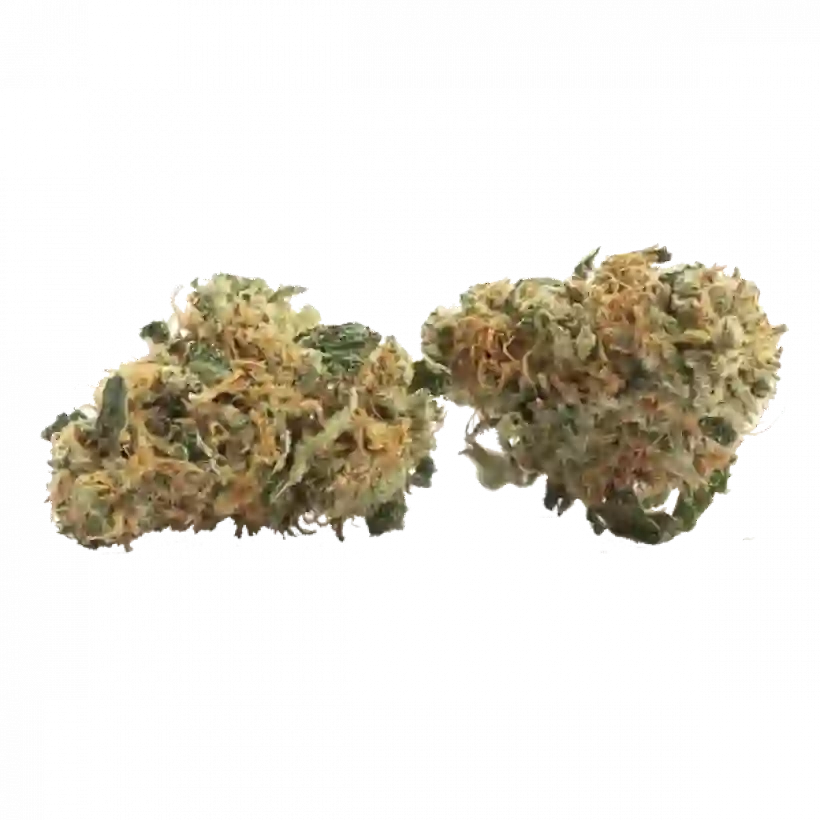
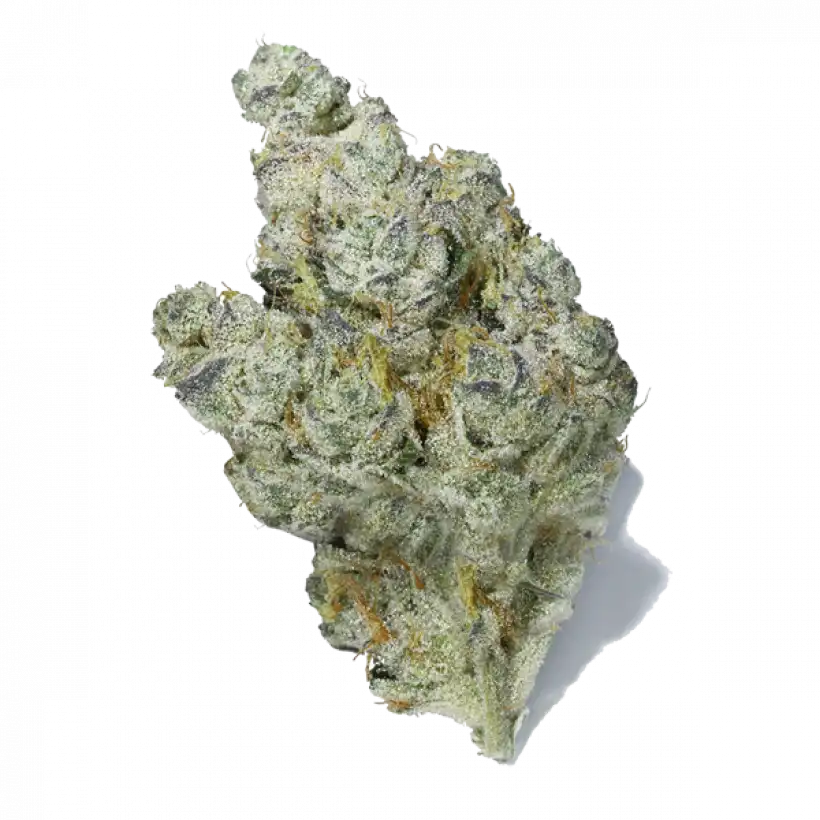
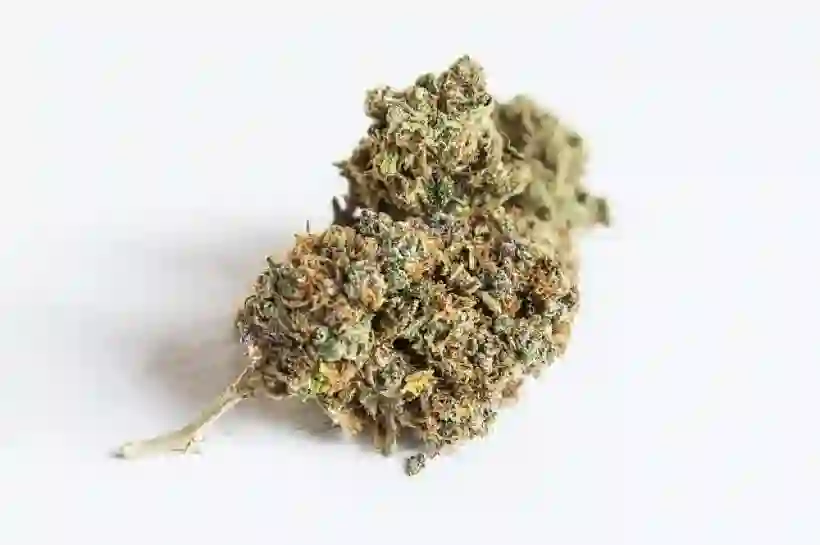

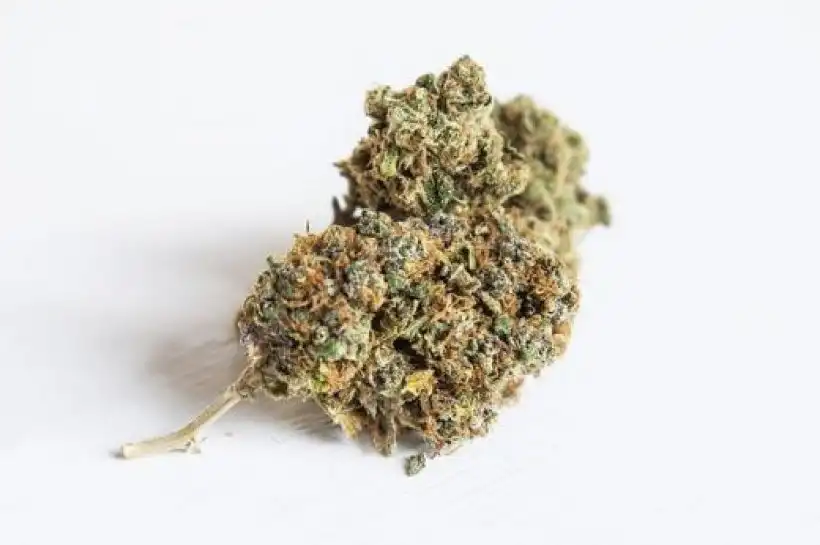

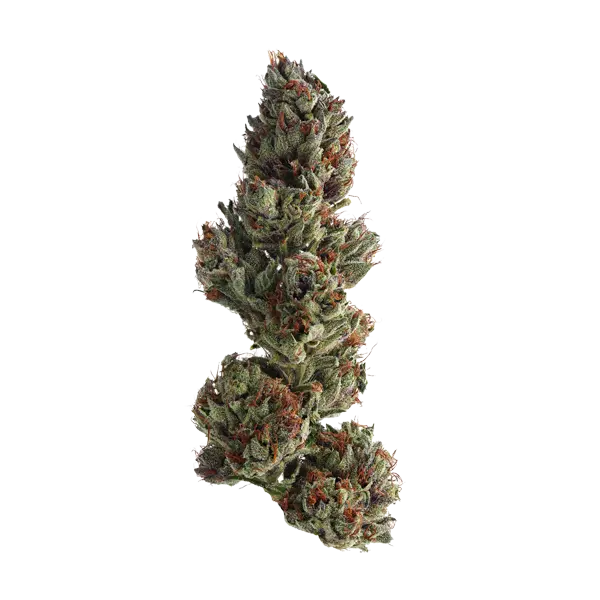
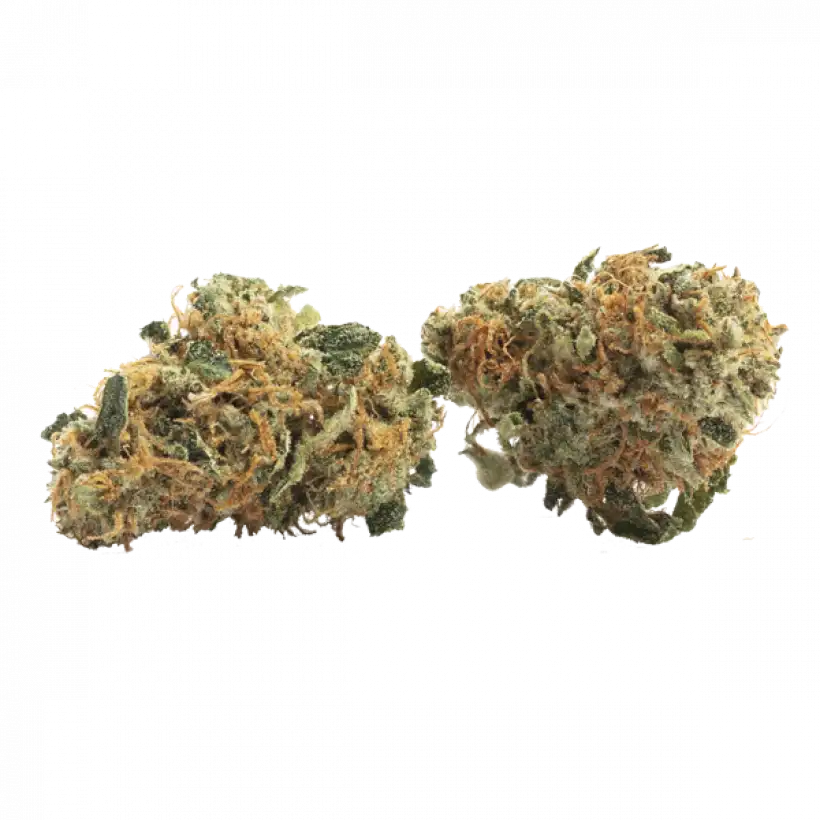


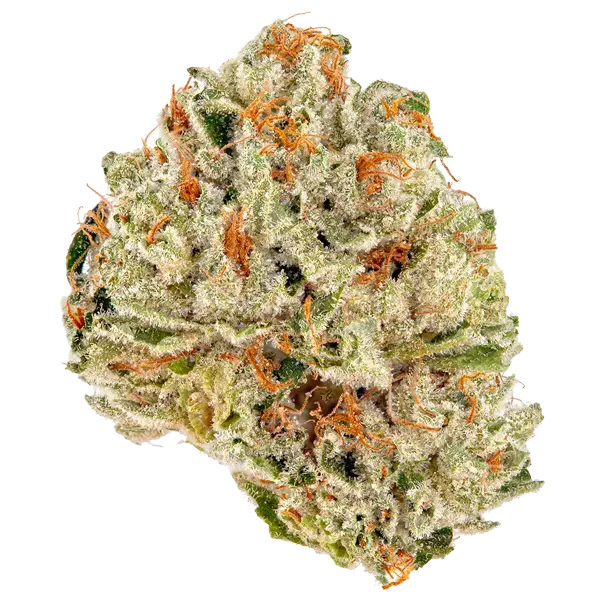
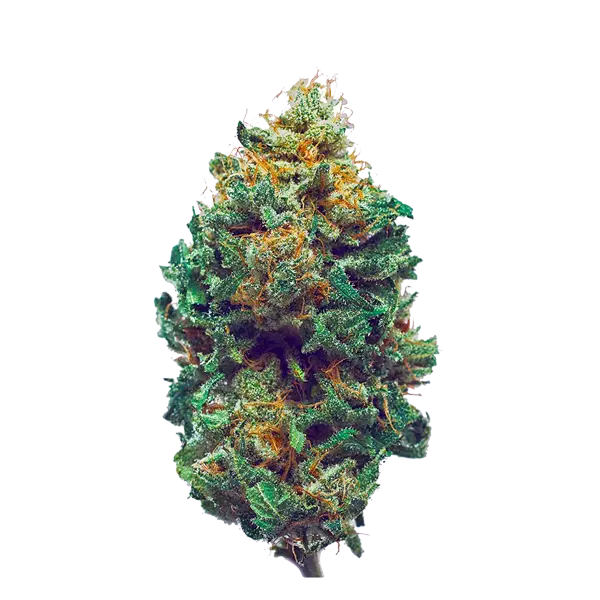

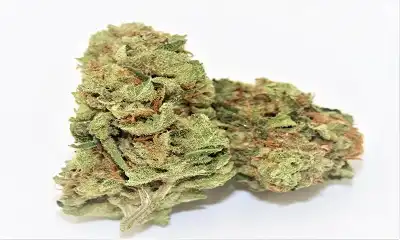
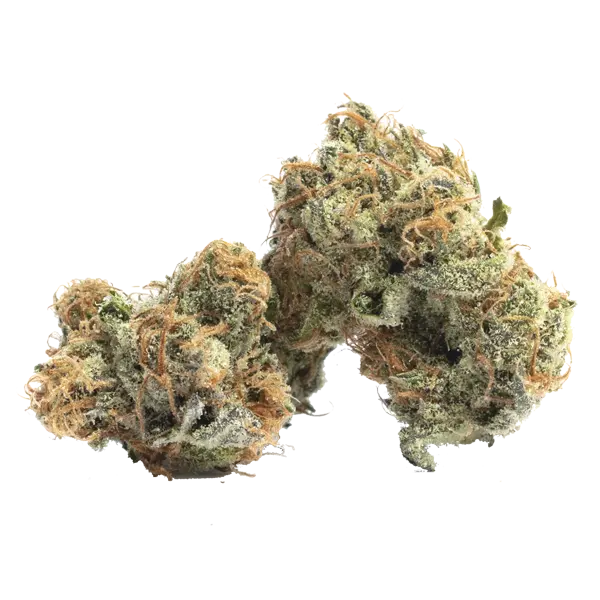
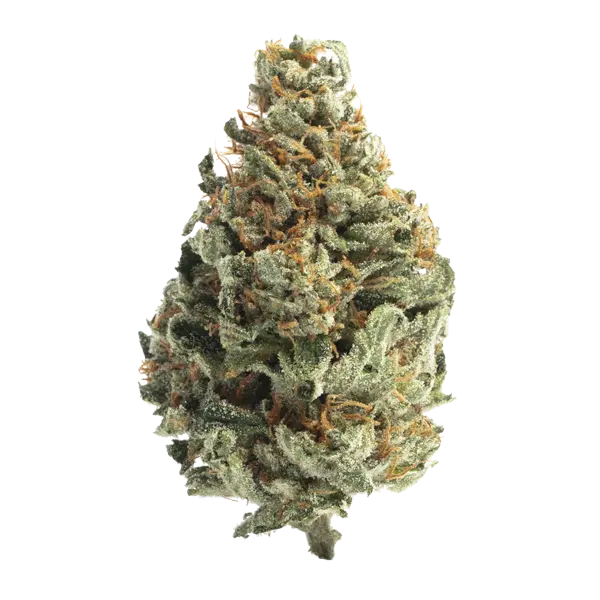
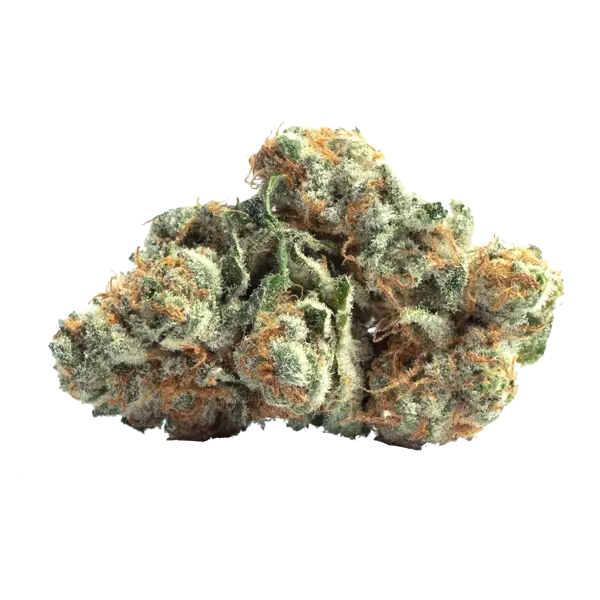
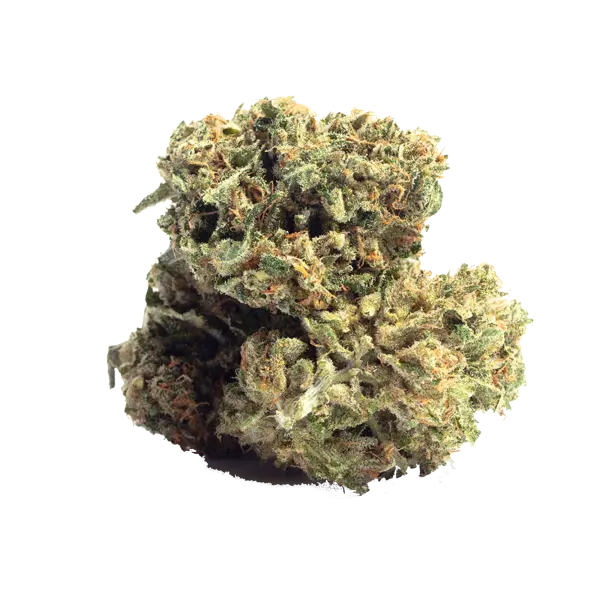
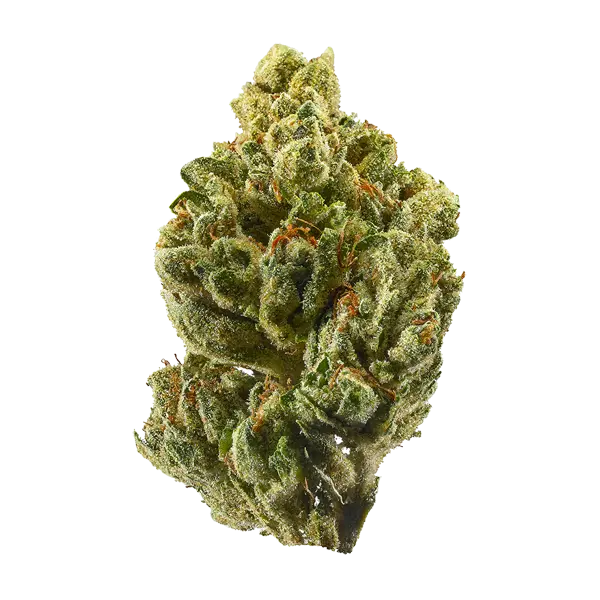
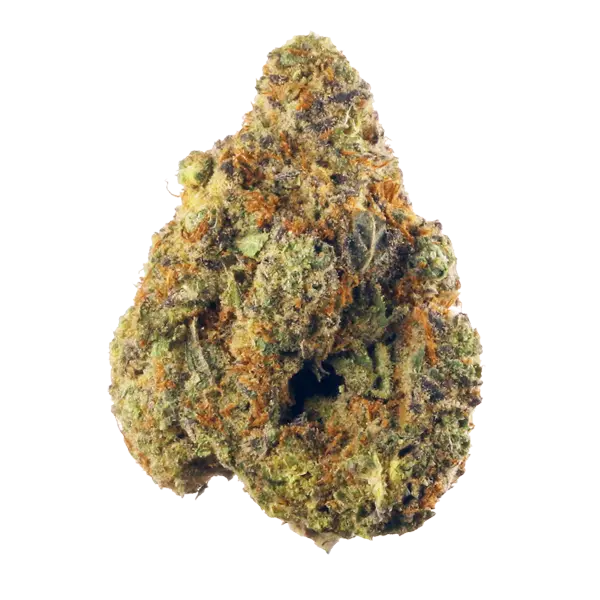
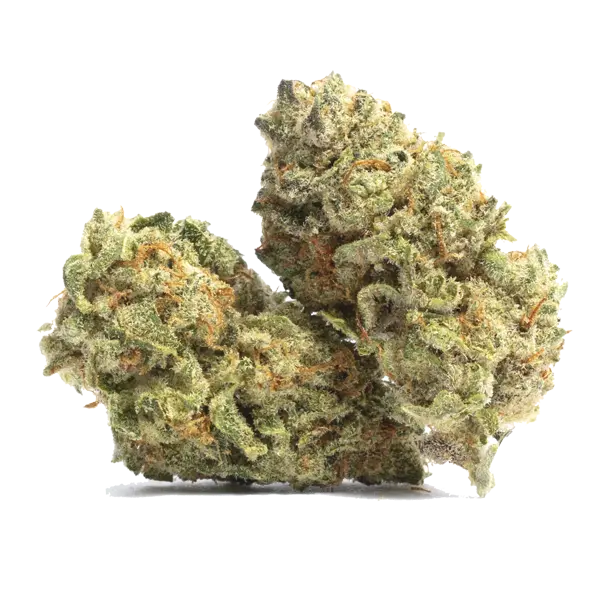

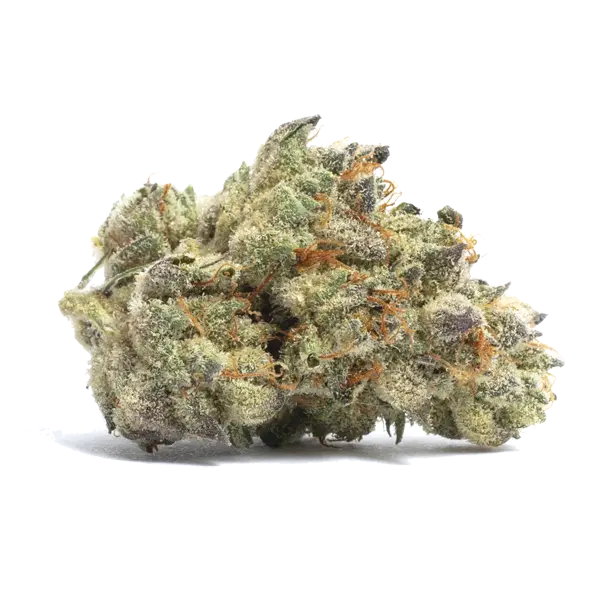
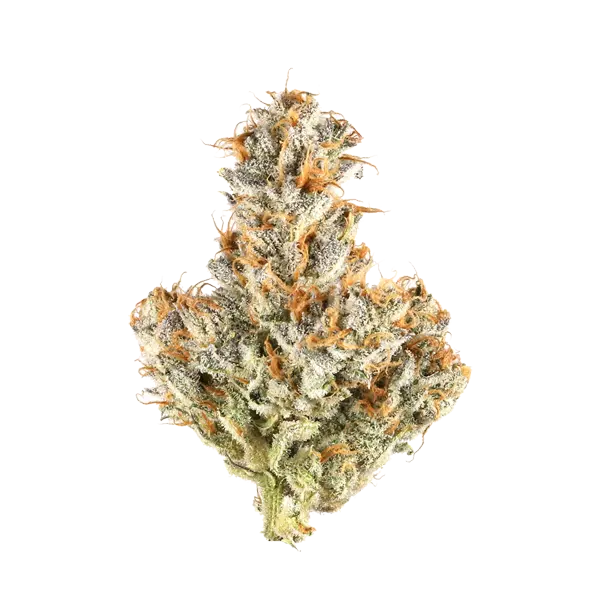













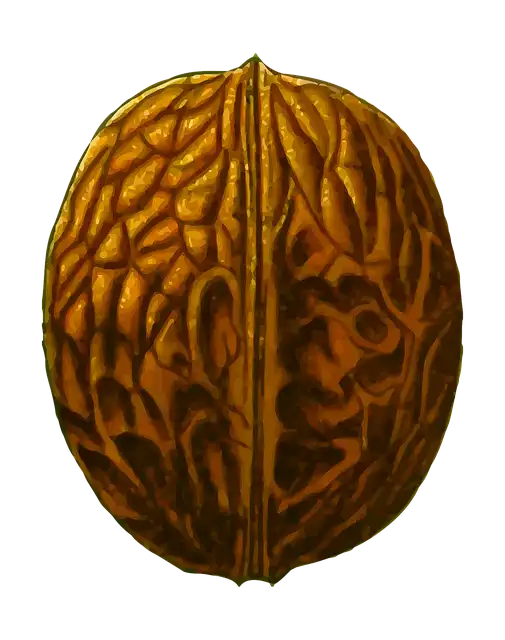




 When And How Often Should CBD Be Used?
When And How Often Should CBD Be Used? The Thai Stick: Its History and How to Make One
The Thai Stick: Its History and How to Make One








